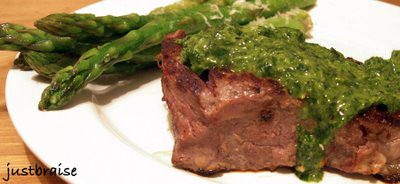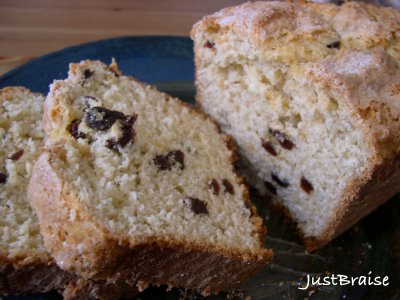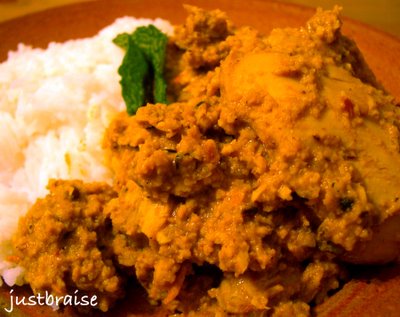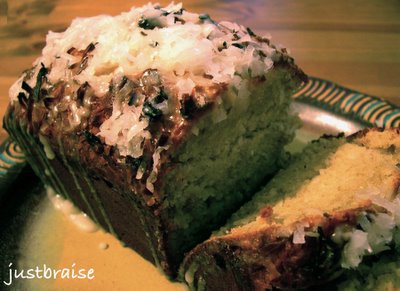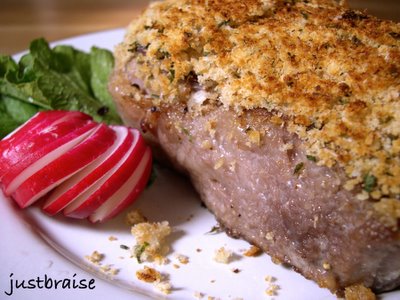Burger w/ Sweet Potato Fries & Milkshake
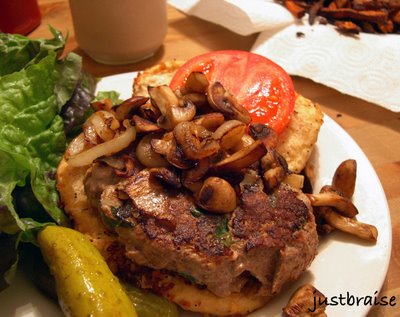
Last night I took a little walk as I left one friend to meet up with D and his buddy uptown. I often find myself speedily walking the length of Manhattan island as it begins to warm, much more pleasant than the claustrophobic subway, watching as the people and their actions change with the neighborhood. On a weeknight, the walk is the best: the crowds have diminished, a few hardy souls stumble from bars attempting to make a last effort phone call, and tourists walk aimlessly, unaware of where they should be. In the spring, as night falls cool, a brisk walk is perfect to keep the blood flowing while appreciating time that can finally be spent comfortably outdoors.
My little walk turned into a 40 block trek and for one slight moment, a total of half a block, I smelled spring. It has officially arrived in New York City. It was a brief moment, just past a pile of garbage bags that the air lightened and suddenly Dogwood mingled with early purple violets. Blossoms are out; spring has arrived.
With the weather warming, D and I begin to think about our city escapes: camping. Just when the weather turns perfect, D plans our camping destination while I plan the (cheese) farms to hit up for produce along the way. Interspersed with our camping shenanigans are the precious city BBQs. Few and far between since outdoor space is a rarity, when they do come, they are perfect: on a rooftop, in a side alleyway, in a 5 foot plot of grass next to the front stoop, on the fire escape, and if you are lucky, on the coveted balcony.
So it is with these spring thoughts that D and I whip up our own little (indoor) BBQ. It is possibly the classic New York City diner meal (next to the corned beef sandwich): a burger with french fries and a black and white milkshake. The (best) black and white milkshakes, like the black and white cookie, are only found in the tri-state area [cough] -- New York City. On a trip home to Chicago one year I entered a diner and ordered one. I received a confused look and returned it with a smitten: “vanilla ice cream with chocolate sauce!?” Geesh, how can you not know?! But attempted (and tasted) in diners west and north, the best are found in the City. The black and white milkshake has the delicate pleasures of vanilla ice cream with that extra sweet richness of chocolate sauce. Like the classic hot fudge sundae or chocolate milk, you can make it as subtle or rich as desired. An even better play on this drink? The beershake-- really, it’s tasty. Or, the whiskyshake, which my New Orleans friend calls “milk punch.” The rest of the meal has received ink:
The Burger (made with caramelized onions and mushrooms; no cheese)
The Sweet Potato French Fries (made with salt, no cumin)
And without further ado…
BLACK & WHITE MILKSHAKE
Makes: 2 servings. Active Time= 5 minutes.
* 1-½ cups vanilla ice cream
* 1 Tbl chocolate sauce
* 2-½ cups milk
1) Blend all ingredients and serve immediately
THE BEERSHAKE
Makes: 2 servings. Active Time= 5 minutes.
* 1-½ cups chocolate ice cream
* 1 cup milk
* 1 pint good porter beer
1) Blend the ice cream with the milk.
2) Add beer, stir with spoon. (Do not attempt to blend the beer as it will produce a foamshake.
THE WHISKYSHAKE
Makes: 2 servings. Active Time= 5 minutes.
* 1-½ cups vanilla ice cream
* 1 Tbl chocolate sauce
* 2-½ cups milk
* 4 oz preferred whisky
1) Blend all ingredients and serve immediately








